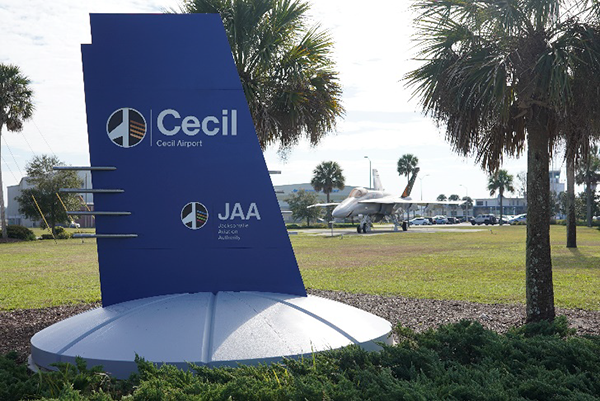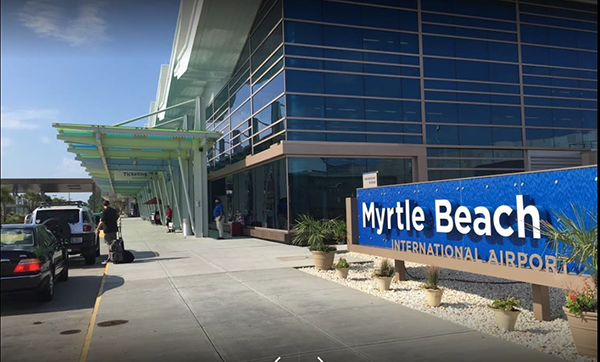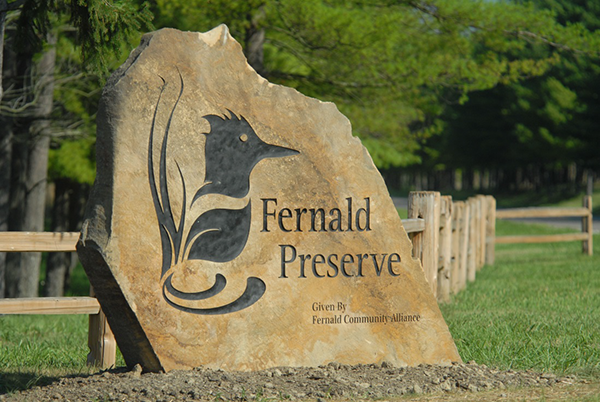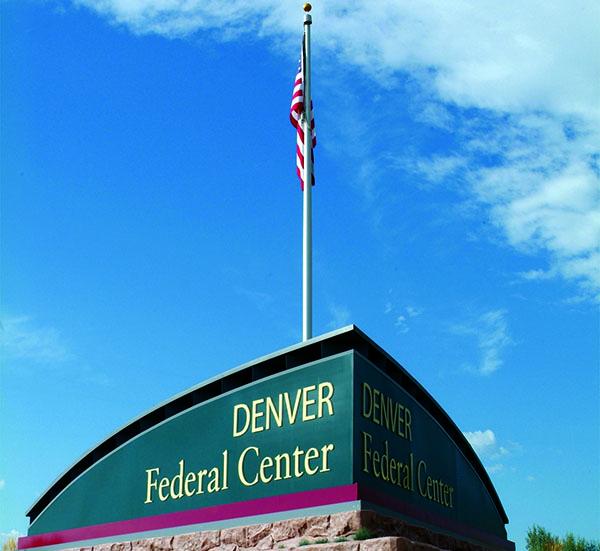2019 Federal Facility Excellence in Site Reuse Awards
Awardees

EPA Announces 2019 Federal Facility Excellence in Site Reuse Awards
These awards recognize the hard work, innovative thinking, and cooperation among federal agencies, states, tribes, local partners, and developers to encourage restoration of federal sites for beneficial reuses. Cleaning up contaminated sites at federal facilities can serve as a catalyst for economic growth and community revitalization.
The Federal Facility Excellence in Site Reuse Awards cover four categories of federal facilities: (1) National Priorities List (NPL) sites, (2) NPL Base Realignment and Closure (BRAC) sites, (3) non-NPL BRAC sites, and (4) non-NPL sites. This year’s award winners are:
| Category | Awardee | Federal Agency | Region |
|---|---|---|---|
| NPL BRAC | Former Naval Air Station Cecil Field | Navy | 4 |
| Non-NPL BRAC | Former Myrtle Beach Air Force Base | Air Force | 4 |
| NPL | Fernald Preserve | DOE | 5 |
| Non-NPL | Denver Federal Center | GSA | 8 |

Former Naval Air Station Cecil Field, Jacksonville, Florida
NPL BRAC Awardee:
Naval Air Station Cecil Field was placed on the National Priorities List (NPL) in 1989, and in 1993, the Base Realignment and Closure (BRAC) Commission recommended closure of the base. At base closure in 1999, 285 sites required further evaluation and as of 2019, 100% of the 17,225 acres have been remediated and transferred to either the Jacksonville Aviation Authority (JAA) or the City of Jacksonville (COJ). JAA’s portions of the transfer are now knowns as Cecil Airport, which serves as the base of operations for corporate aircraft, general aviation, air cargo, and National Guard and Reserve aviation. The COJ’s portions of the transferred properties is now known as the Cecil Commerce Center, which is now home to more than 31 million square feet of commercial and industrial space, housing large corporations such as FedEx, Boeing, Northrop Grumman, Flight Star, Amazon, Saft America, and Bridgestone.
(2 of 6)

Former Myrtle Beach Air Force Base, South Carolina
Non-NPL BRAC Awardee:
Under the Base Realignment and Closure (BRAC) Commission, the former Myrtle Beach Air Force Base (MBAFB) closed in 1993. The closure resulted in the loss of nearly 5,100 jobs and an economic loss of $91 million from payrolls, taxes and other revenues. Today, the transformation of the former 3,936-acre Myrtle Beach AFB into a thriving new community sets a new standard for successful remediation and redevelopment. The former Air Force Base is now home to Myrtle Beach International Airport; over 1,200 new homes; a dozen parks; walking paths and sporting facilities; a golf course; a college; a new technology and aerospace business park; and a centerpiece commercial district called The Market Common, with upscale shops, and restaurants. Since closure, redevelopment at the former base has brought more jobs, greater economic value, and more community amenities than when the base was open.
(3 of 6)
Fernald Preserve, Ohio
NPL Awardee:
The Fernald Preserve, Ohio, Site occupies a 1,050-acre tract of land, approximately 18 miles northwest of Cincinnati, Ohio. It is a former U.S. Department of Energy (DOE) uranium-processing facility that ceased production in 1989. Since then, the site has undergone extensive remediation pursuant to the Comprehensive Environmental Response, Compensation and Liability Act (CERCLA). Remedial activities and subsequent ecological restoration have converted the site from an industrial production facility to an undeveloped park, encompassing wetlands, prairies, and forest. Over 350 acres of prairie have been established, along with 140 acres of wetlands and open water, as well as almost 400 acres of forest.
Photo credit: Toby Wall, US EPA, Region 5
(4 of 6)

Denver Federal Center, Colorado
Non-NPL Awardee:
The Denver Federal Center (DFC) is an excellent example of a long-term, complicated federal facility cleanup that has successfully facilitated reuse opportunities. The DFC is approximately 640 acres and was used from 1940 to 1945 for the manufacture of small arms ammunition. Since the 1980’s, the General Services Administration has worked closely with the Colorado Department of Public Health and the Environment to control and remediate several groundwater plumes, collect over 25,000 samples, and remove over 775,000 tons of remediation waste. The remediation work continues simultaneously with the reuse of the facility. The DFC property is currently home to 27 federal agencies housed within 20 buildings with over 6,250 employees - the largest concentration of federal workers outside of Washington DC. Several portions of the property have also been transferred for reuse as a light rail station, bus terminal, large hospital, and medical offices. Reuse efforts have created approximately 10,000 jobs.
Photo Credit: GSA, The Denver Federal Center visitor guide & map.
(5 of 6)

Congratulations
Congratulations to all who played a role in making this reuse happen! This accomplishment is largely due to early engagement and teamwork that leads to a good site assessment and the appropriate environmental cleanup that achieved cleanup goals to support reuse. The award recognizes the hard work, innovative thinking, and cooperation among federal agencies, states, tribes, local partners, and developers to encourage restoration of federal sites for beneficial reuses. Cleaning up contaminated sites at federal facilities can serve as a catalyst for economic growth and community revitalization. These reuse successes will serve as a model that will benefit other reuse projects in the future
(6 of 6)
